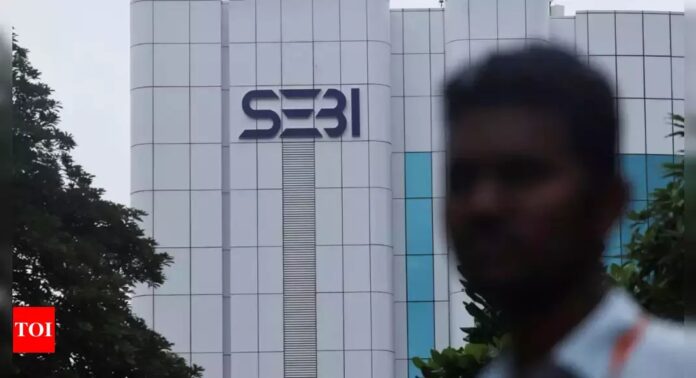Overhauling the SME IPO Process: SEBI’s Bold Proposals
In a significant move aimed at enhancing investor protection and ensuring greater accountability within the small and medium enterprises (SME) sector, the Securities and Exchange Board of India (SEBI) has proposed a comprehensive overhaul of the SME Initial Public Offering (IPO) process. This initiative comes in response to a series of troubling incidents where SMEs raised capital at inflated valuations, only to leave investors disillusioned shortly after listing. The proposed changes, outlined in a recent consultation paper, are designed to bolster compliance requirements, increase the cost of remaining listed, and ultimately create a safer investment environment.
Key Proposals for Change
Among the most notable proposals is the introduction of a minimum IPO size of ₹10 crore. Currently, there is no minimum requirement, which has led to a proliferation of smaller, potentially riskier offerings. By establishing this threshold, SEBI aims to ensure that only companies with a substantial business model and growth potential can access public capital markets.
Additionally, SEBI is considering a significant increase in the minimum application size for retail investors, raising it from ₹1 lakh to ₹2 lakh. This move is intended to mitigate the risks associated with SME IPOs, which often exhibit higher volatility and can leave investors vulnerable if market sentiments shift post-listing. The regulator has also proposed a four-fold hike in the total application size to ₹4 lakh, further emphasizing the need for serious investment commitment from participants.
Limiting Promoter Influence
Another critical aspect of SEBI’s proposals is the limitation on the offer for sale by promoters, capping it at 20% of the total issue size. This measure aims to prevent promoters from excessively cashing out at the expense of retail investors, ensuring that they maintain a significant stake in the company post-IPO. Such a cap is expected to align the interests of promoters with those of investors, fostering a more stable investment environment.
Enhanced Monitoring and Compliance
To further safeguard investor interests, SEBI is advocating for the establishment of a compliance monitoring agency specifically for SMEs that have gone public. This agency would be tasked with overseeing the utilization of funds raised from investors, addressing concerns about the misallocation or diversion of capital. Recent instances of fund misutilization have prompted SEBI to take a firmer stance, with several companies facing penalties for non-compliance.
Moreover, the regulator has proposed that SMEs must demonstrate a minimum operating profit of ₹3 crore in at least two out of the last three financial years before they can file for an IPO. This requirement is aimed at ensuring that only financially viable companies enter the public market, thereby protecting investors from potential losses.
Transparency and Disclosure
Transparency is a cornerstone of SEBI’s proposed reforms. The regulator suggests that IPO offer documents for SMEs should be made public for a minimum of 21 days, allowing potential investors ample time to assess the information before making investment decisions. Currently, these documents are only released closer to the IPO date, which can limit informed decision-making.
Additionally, SEBI is pushing for listed SMEs to adhere to the same disclosure norms as larger companies, including quarterly reporting of financial results and shareholding patterns. This move is expected to enhance transparency and provide investors with timely information about the companies they are investing in.
Industry Reactions and Future Considerations
Industry experts have expressed mixed reactions to SEBI’s proposals. Vineet Arora, Managing Director of NAV Capital, acknowledges that many of the suggested changes are aimed at creating a healthier SME sector from a market perspective. However, he cautions that increasing the minimum subscription amount could restrict capital raising efforts and limit broader participation in the SME IPO market. Instead, he advocates for tighter disclosure requirements and enhanced monitoring of market makers to ensure a balanced approach.
As SEBI opens the floor for public comments on these proposals until December 4, the future of the SME IPO landscape hangs in the balance. The regulator’s commitment to investor protection and market integrity is commendable, but the challenge will be to strike a balance that fosters growth and accessibility for SMEs while safeguarding the interests of retail investors.
Conclusion
SEBI’s proposed overhaul of the SME IPO process represents a pivotal moment for the Indian capital markets. By implementing stricter regulations and enhancing transparency, the regulator aims to create a more robust framework for SME listings. As the consultation period unfolds, stakeholders will be watching closely to see how these proposals evolve and what impact they will have on the future of SME financing in India. The ultimate goal remains clear: to build a safer, more reliable investment environment that can sustain the growth of small and medium enterprises while protecting the interests of investors.

